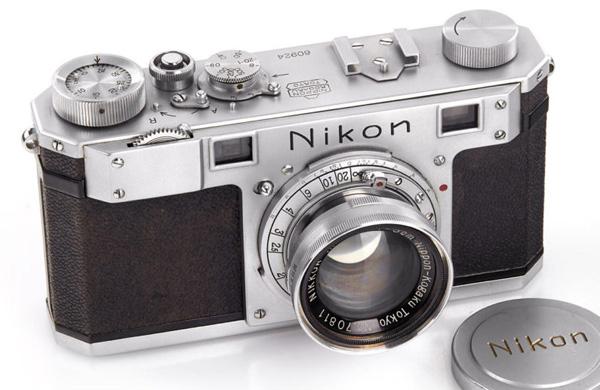Ron Leach
|
Dec 02, 2016
|
Dec 02, 2016
|
Dec 02, 2016
|
Dec 01, 2016
|
Dec 01, 2016
|
Dec 01, 2016
|
Nov 30, 2016
|
Nov 30, 2016
|
Nov 30, 2016









 I tend to travel on the wide side when it comes to lens selection, so it was exciting to get ahold of Tamron’s new super telephoto zoom—the SP 150-600mm f/5-6.3 Di VC USD G2 (Model A022). And what better way to give this big beauty a try than to take it on safari?
I tend to travel on the wide side when it comes to lens selection, so it was exciting to get ahold of Tamron’s new super telephoto zoom—the SP 150-600mm f/5-6.3 Di VC USD G2 (Model A022). And what better way to give this big beauty a try than to take it on safari?

